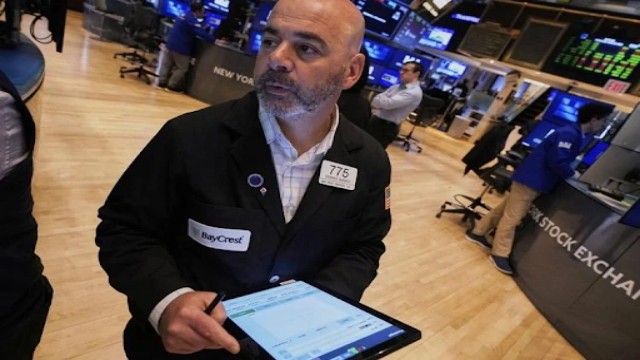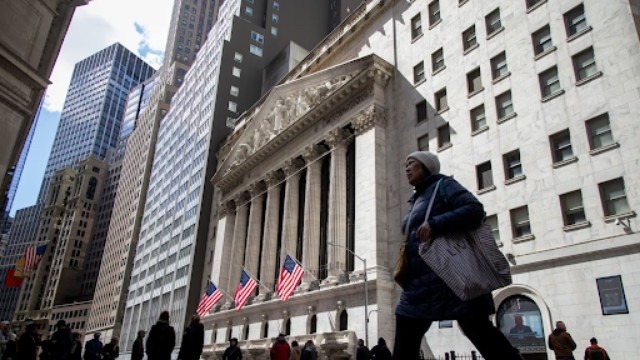
A woman is seen walking by a Credit Agricole logo as she enters a bank branch in Reze, close to Nantes in France, on February 8, 2024.
French banking giant Credit Agricole reported mixed results for the third quarter, with its investment banking division's robust performance balancing out a softer showing in its retail sector. Despite a 4.7% decline in net profit from a year earlier, the bank still exceeded market expectations, posting 1.67 billion euros in earnings compared to the anticipated 1.58 billion euros.
The bank’s corporate and investment banking (CIB) arm delivered impressive growth, with revenue increasing by 8.2% to reach 1.53 billion euros. This strong performance was spurred by global market activity, where investors are increasingly trading, and companies are leveraging capital markets. Credit Agricole’s figures compare favourably with other French banks: Societe Generale, which saw a 4.9% rise, and BNP Paribas, with a 9% increase.
Trading revenue at Credit Agricole was driven by gains in fixed income, currencies, and commodities, rising 6.2%, close to Societe Generale’s 6.1% but trailing BNP’s 12% in these areas. According to Xavier Musca, head of CIB, the bank’s other sectors—such as securitization and bond issuance—experienced strong growth despite slight dips in foreign exchange activities. Musca expressed optimism, citing robust demand in key areas, which underpinned the investment bank’s success.
Meanwhile, Credit Agricole’s retail banking sector faced challenges. The bank had previously set aside funds to mitigate rising interest rates on French savings accounts, which had inflated last year’s numbers. With the removal of this buffer, retail banking saw weaker revenues in both France and Italy, leading to a slight underperformance relative to analyst estimates. Credit Agricole’s overall revenue rose by 2.3% to 6.49 billion euros, slightly below the expected 6.56 billion euros.
Cost management was a highlight for Credit Agricole. The bank set aside 433 million euros as a buffer for potential loan losses, a figure significantly lower than the 792 million euros forecast by analysts. This conservative approach contributed to Credit Agricole’s better-than-expected profitability in the quarter.
Looking forward, Credit Agricole reaffirmed its commitment to reaching its 2025 financial targets early. These targets include achieving an underlying net income exceeding 6 billion euros annually. Additionally, the bank announced that its new joint venture with payment services provider Worldline, named CAWL, is on track to launch by the end of March 2025, despite the recent departure of Worldline’s CEO. The collaboration is expected to enhance Credit Agricole’s digital payment capabilities as demand for seamless payment solutions grows.
This quarter’s results demonstrate Credit Agricole’s resilience in navigating fluctuating market conditions. While its retail sector may be experiencing temporary setbacks, the strength of its investment banking operations and prudent risk management strategies provide solid foundations for growth.















